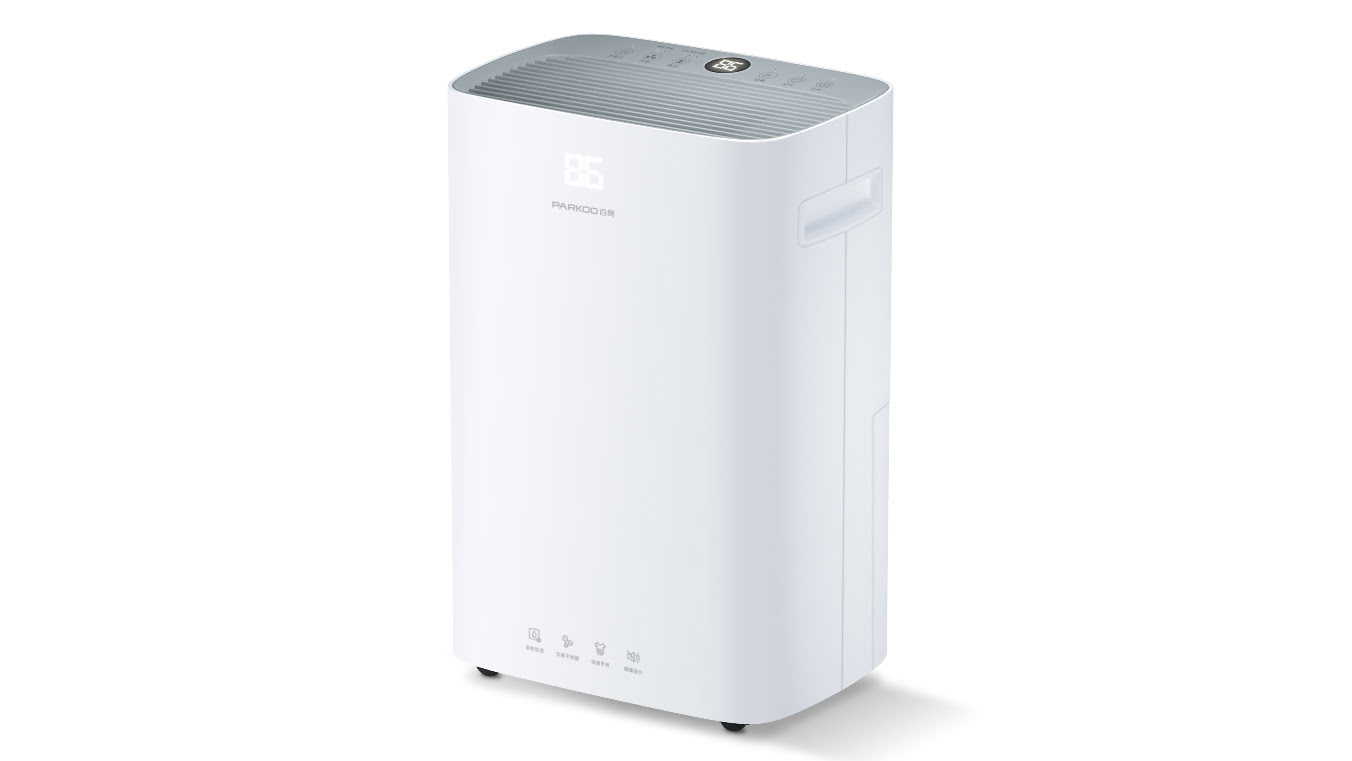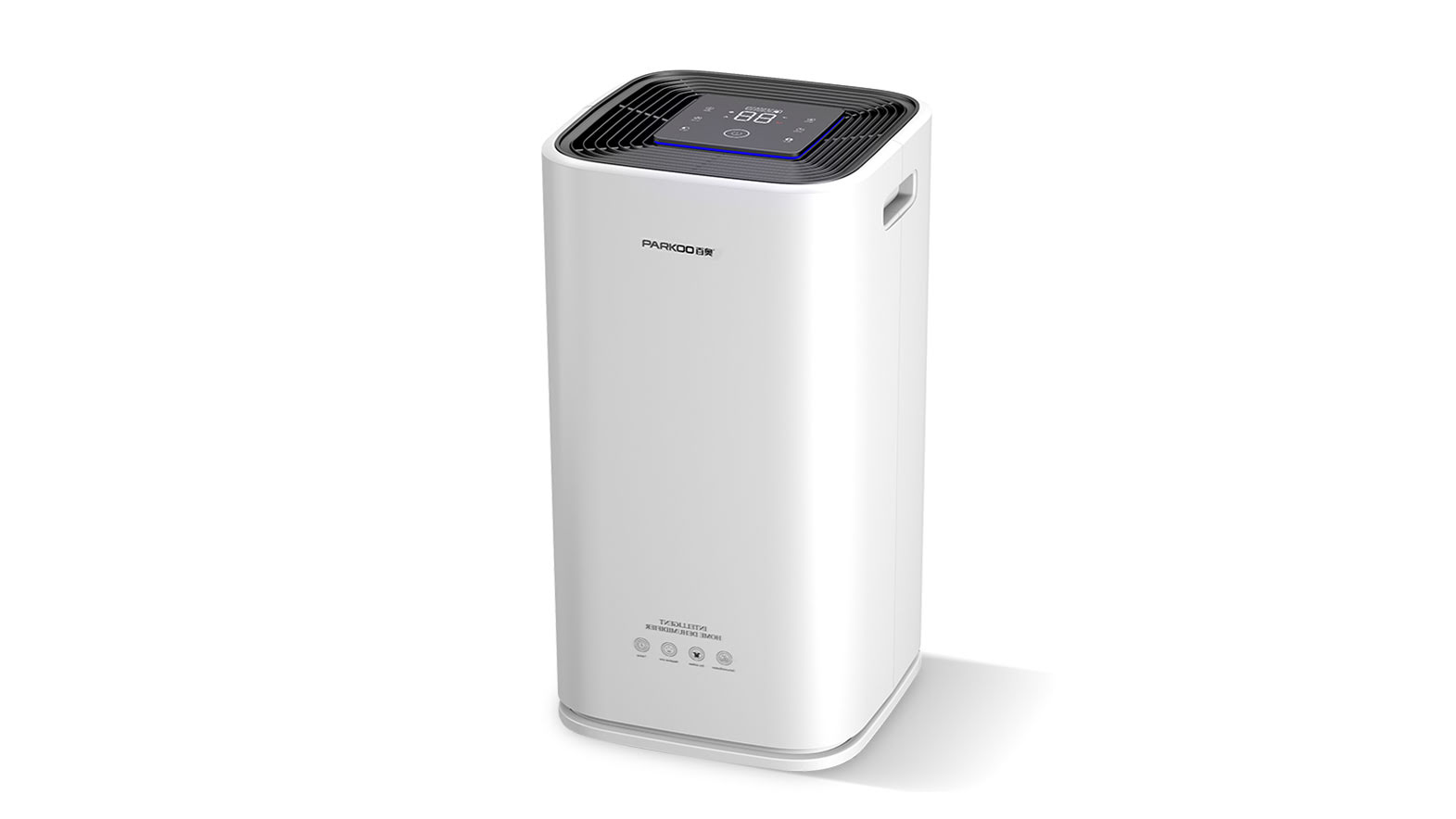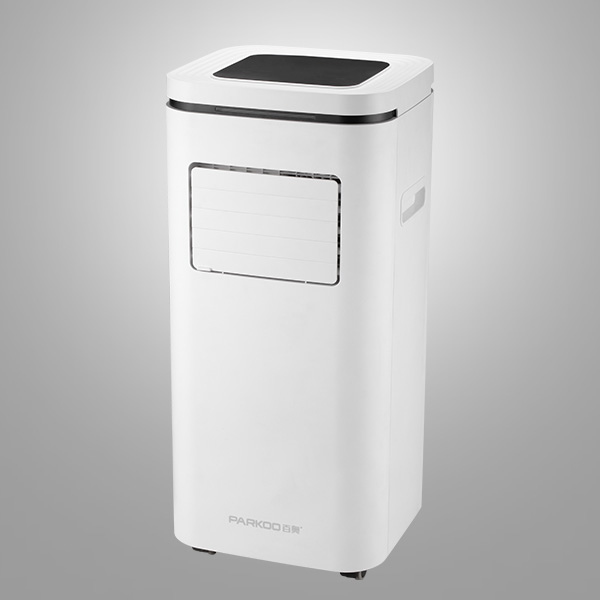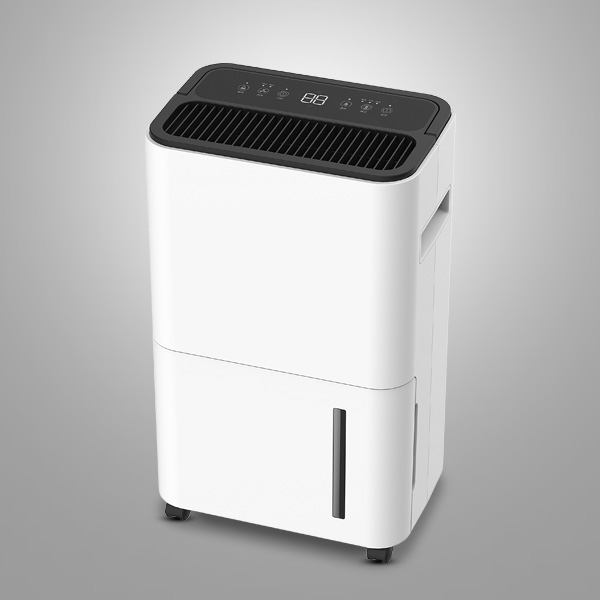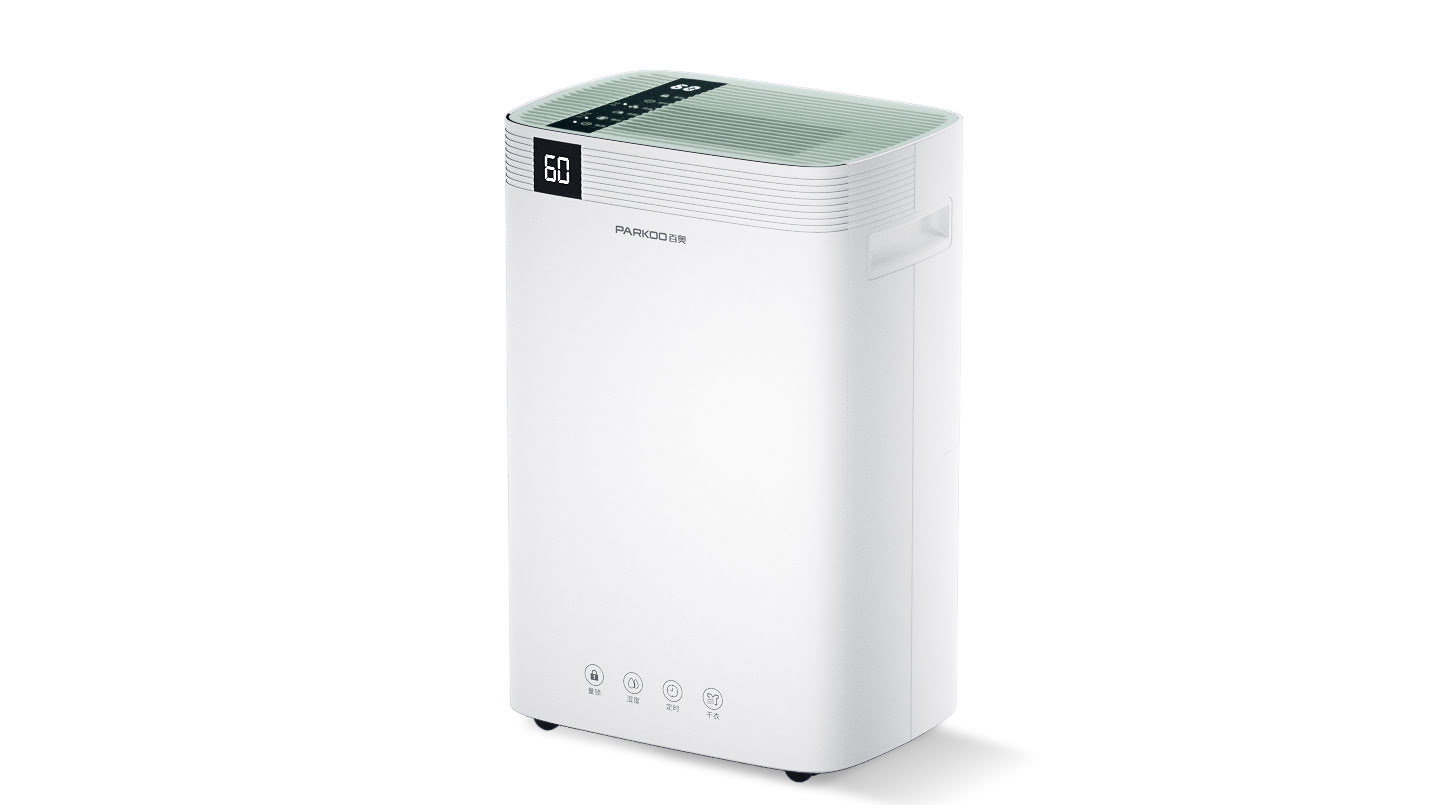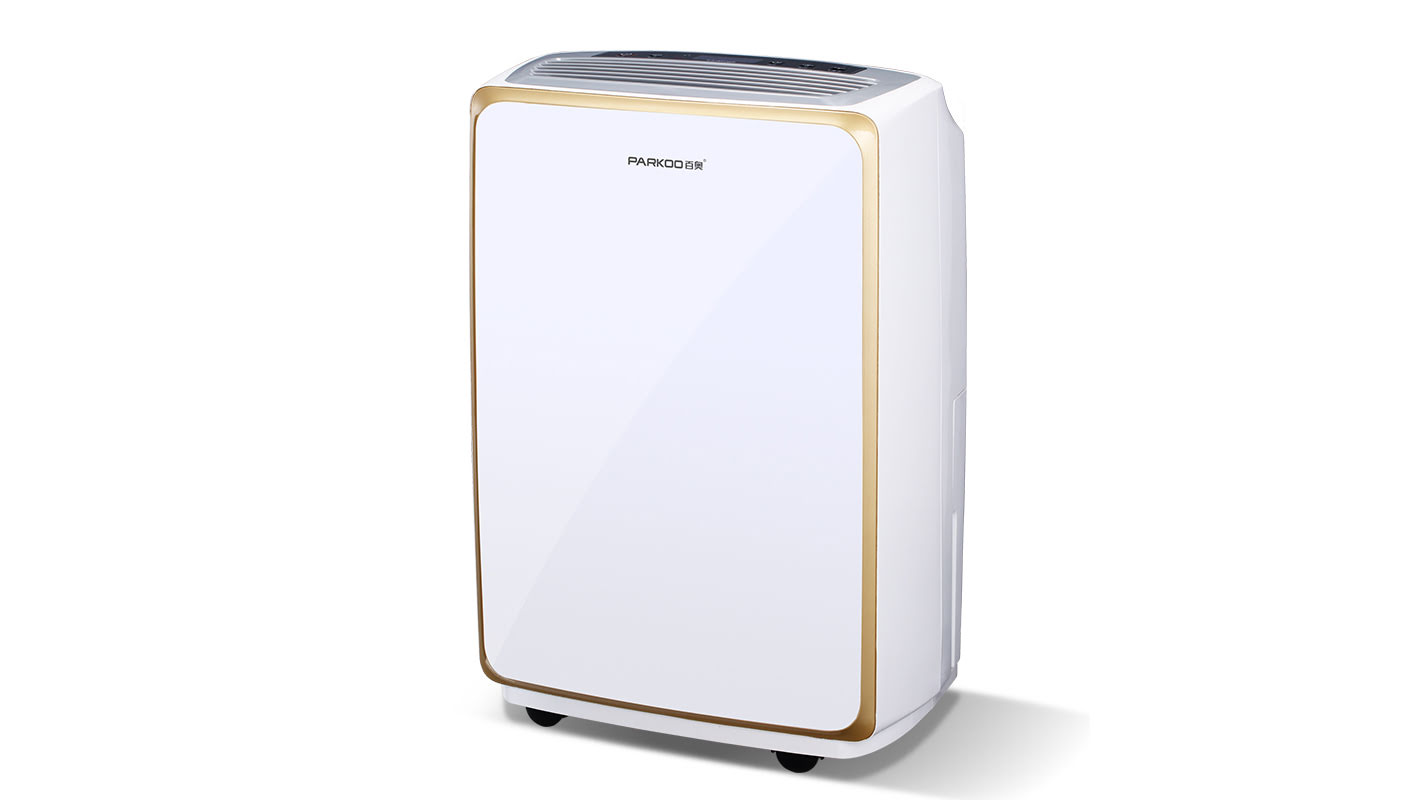HuMidity control in supermarkets
A supermarket is a large retail market that sells food and other household items, usually Operated on a self-service basis
not affected by controlled humidity
Supermarkets face a number of unique and diverse conditions while catering to the varying needs of different depaRTments under one ceiling. these issues are high humidity, temperature control, personnel movement and fresh air.
if the humidity levels in a supermarket are too high then the main problems are Moisture condensation on cold surfaces and frost on evaporator coils/refrigerators/frozen food packages leading to loss of customers.
also, condensation on the glass cabinets of freezers obstructs the view and makes it difficult for customers to select froZen food.
High humidity levels can lead to mold problems and an uncomfortable Environment for customers and employees with moisture.
Causes of uncontRolled humidity
Supermarkets witnessing high humidity
lots of human movement, so fresh air is Needed to neutralize high levels of CO 2, the main source of moisture.
The presence of large amounts of organic matter (fruits and Vegetables) releases moisture from the atmosphere.
general Recommendations
Ideal storage should be Maintained at a dew point of 12°C and a relative humidity of 45-50% RH. desiccant deHumidification helps supermarkets to eliminate frost build-up on frozen food, freezers and cabinet doors. this process significantly reduces the Electricity Consumption consumed by conventional refrigeration to offset the potential load while providing a more comfortable shopping environment.
Dehumidifier solutions
Desiccant + refrigeration Unit dehumidifiers for all supermarket needs. when using desiccant-based dehumidifiers, the incoming fresh air should be dehumidified at a temperature that maintains the dew point of the air at 12°C after mixing with the return air from the internal area.
